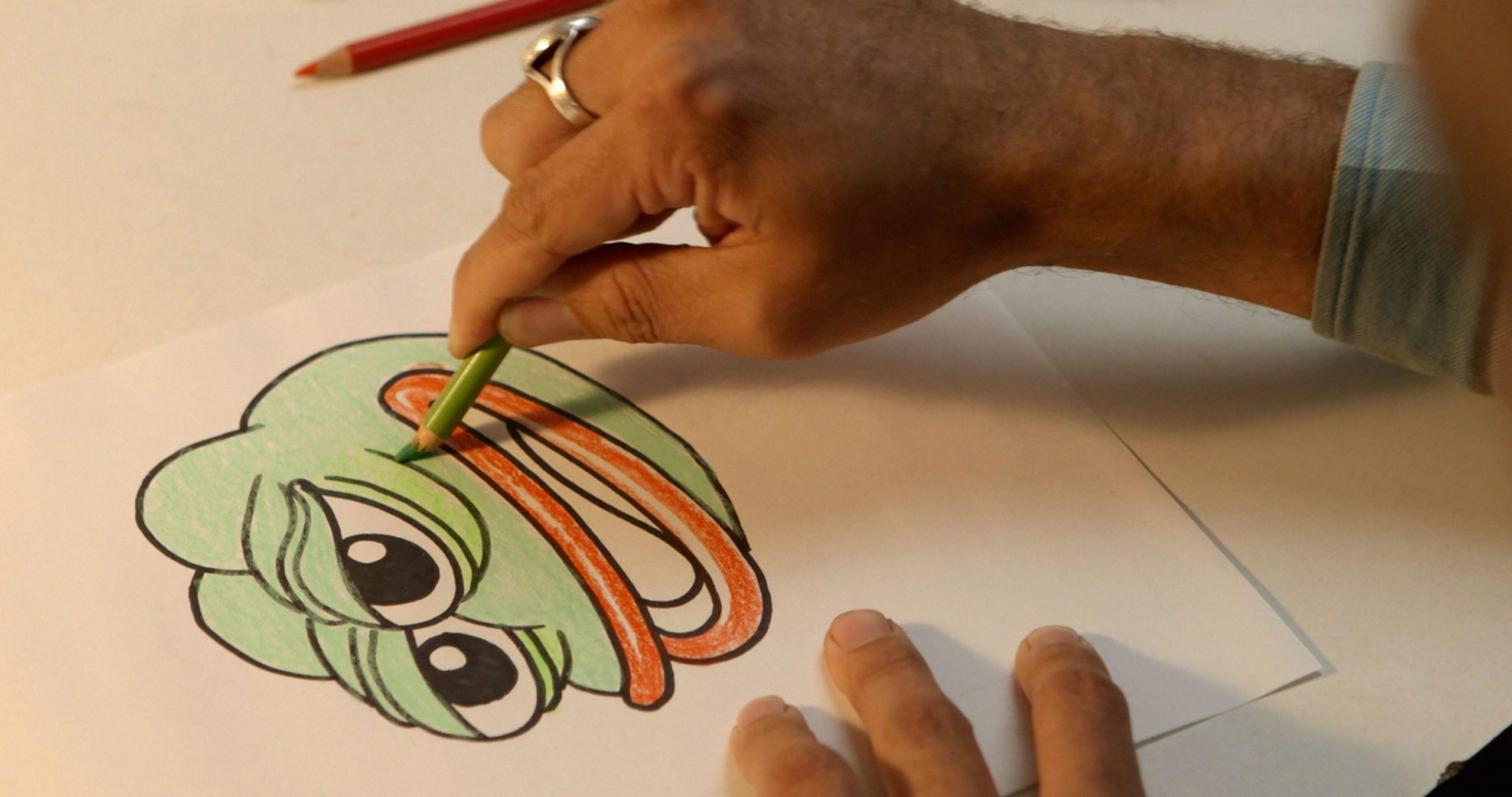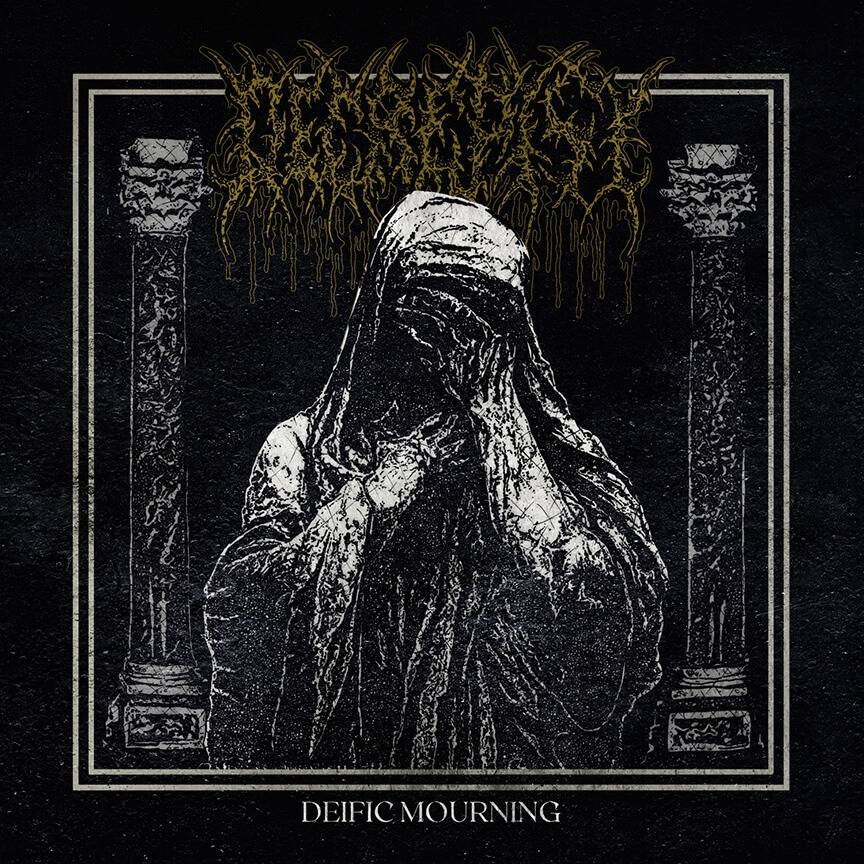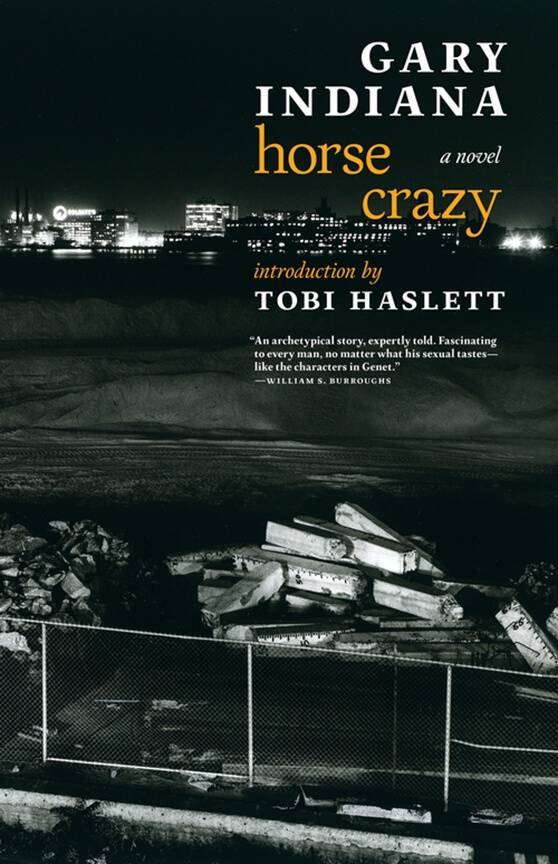In Donald Trump’s America, there’s no wall between reality and screenland. When he lazily entered the 2016 presidential race on a golden Trump Tower escalator, it resembled a dress rehearsal for an SNL parody of The Apprentice. Scenes of Black Lives Matter protestors gassed by riot police and refugee children at the southern border packed into chain-link cages could have been lifted from a Google search for “third-world dictatorship human rights abuses.” And the look, tone, and trolling of alt-right covens (and Trump rallies) can be indistinguishable from social media meme culture.
That fissure between the real and the virtual has IRL consequences. Consider the mold-spread of QAnon. It went viral on the online message board 4chan and quickly became a cause taken up by cops, troops, high-profile felons like Michael Flynn and Republican congressional candidates Laura Loomer and Marjorie Taylor Greene. That is despite its core ethos being predicated on violently stopping a cabal of child-sex-trafficking globalist elites. Its adherents — many of them armed and outfitted for American jihad — believe in QAnon so fanatically that the FBI has labeled it a domestic terror threat.
Law enforcement concern and media hyperventilation means we must take it seriously, too. But is it a cult of apocalyptic conspiracists, or just run-of-the-mill social media trolling that has taken on an extreme life of its own in the real world? Why not both? For a beacon to help illuminate this moment, we need to look to Pepe the frog, the party-dude comix amphibian that became a social media meme that was co-opted as a symbol of hate and violence by white nationalists during the 2016 election.
Pepe’s improbable journey — and his creator’s quest to reclaim the character — is the arc of Feels Good Man, a documentary directed by Arthur Jones that will be released September 4. By turns DayGlo optimistic and pitch-black despairing, the 2020 Sundance Festival Special Jury Award-winning film is an expertly crafted highwire act of nonfiction storytelling. But it’s also an act of media literacy, Jones says, meant to make sense of the often-obtuse forces slipping out of the internet to alter and imperil America.
“This story is really about how the aesthetics of trolling moved off of these fringe message boards into mainstream politics, and that’s not going away,” Jones tells the Star-Revue.
That sounds out of scale when talking about an illustrated frog who likes urinating with his pants around his ankles. But as the film establishes, we should expect nothing less from Pepe, who was created by Matt Furie as one of the four anthropomorphic characters in his 2005 comic book Boy’s Club. (He’s named Pepe because it sounded like “pee pee,” Furie has said.) “It’s just been kind of a slow-drip of frogs throughout my entire life,” Furie says in the film. “And then eventually it was Pepe. It’s a happy little frog.”
Furie, whose vibe is a mix of countercultural Bob Ross and stoner Maurice Sendak, eventually shared Boy’s Club pages on MySpace. One frame, of Pepe explaining it “feels good man” to pee with his pants down, became a reaction meme for weightlifters bragging about epic sessions in the gym. But Pepe quickly migrated to 4chan, where feels-good-Pepe became a superstar. “To not post Pepe would be strange,” 4channer Pizza says in the film, “because it’s the meme.”
A quick aside about memes. Richard Dawkins coined the term in his book The Selfish Gene. Biology is ruled by genes, he wrote, but culture is shaped by memes, information copied from person to person that gives shape to our world, be it furniture or clothes or personal grooming. In the same way, internet discourse is shaped by memes, be it the dog-in-a-trilby smiling as he sits among a burning house while exclaiming, “This is fine,” or the gif of a guy blinking rapidly in disbelief, or of a smiling frog saying, “Feels good man.”
Most memes don’t metastasize into avatars of hate, let alone slip the bonds of the virtual and escape into reality. But Pepe did. On 4chan, a space where users, mostly young dudes, troll each other in the most vile, vicious ways, many created Pepe memes that expressed rancid anti-semitism, racism, misogyny, and calls to violence, typically couched in a perverted irony. But there were real-world implications, such as when Elliot Rodger murdered six people and injured 14 others in 2014 and copycats took to 4chan to initiate a so-called “Beta Rebellion” with images of Pepe. “Back then it was just the most offensive thing you could do, but now it reads as a weird prologue to when the irony kind of melted away,” artist and writer Dale Beran says in the film.
When Trump entered the 2016 race, 4channers adopted him as their candidate and created pro-Trump Pepes that were, naturally, often vicious, vile, and racist. Alex Jones talked up Pepe. So did Richard Spencer. And the Trump campaign noticed the Pepe love — and embraced it. Pepe, in effect, became Trump’s “invisible running mate,” occultist and scholar John Michael Greer says in the film. “A magical force had entered the race,” in the form of Pepe, which became the way like-minded people focused their energy to get Trump elected. “That’s a basic tool of meme magic.”
Yes, meme magic.
The Pepe story is full of strange turns (there’s even a cryptocurrency-based “Rare Pepe Economy,” that’s too convoluted to go into), and Feels Good Man follows as many of them as it can. But it was a balancing act, as producer and co-writer Giorgio Angelini tells the Star-Revue. “How do we tell this story in all of its beautiful complexity without the entire narrative coming apart,” he says. One strategy was dubbed the thin green line. “The idea was that Matt and his sweetness was an important inoculation point anytime we would veer off into the darkness.”
As the alt-right mangles Pepe, Furie struggles to deal with the Pepe phenomenon manifesting in a culture he doesn’t quite understand. “Matt’s world is analog,” Jones says. Still, he tries to reclaim his creation from the racists. He creates a #savepepe campaign to generate new, positive Pepe memes. He sues Infowars, alt-right authors, and others for copyright infringement. He even kills Pepe off. But at every turn, Furie’s actions further embolden those who see Pepe as “the symbol of our culture,” as 4channer Mills puts it in the film. Eventually, Furie decides the only way to deal with all of it — and the toll it takes on him and his family — is “to go hardcore happy.”
Despite the dark place it goes, Feels Good Man does that, too. Its ability to manage the Pepe story, in all its wild tonal shifts and whiplash-veering into absurdity, sets it apart from other documentaries attempting to deal with American political lunacy. This isn’t a Michael Moore echo chamber, a Fahrenheit Pepe that confirms like-minded viewers’ self-righteousness. Rather, Feels Good Man is the best kind of nonfiction — thorough and fastidiously researched and sourced, but with a POV that gives it shape, purpose, and direction.
“I felt like I understood something about the meme or the larger story that others didn’t because I knew Matt and I had been a fan of the comic book,” Jones says. “Whenever I would see Pepe I would always have this feeling that Pepe was lost.”
But the film is also exemplary pop history and criticism. The internet is ephemeral and too often an arena of cynical commercialization and consumption. That makes it easy to dismiss something like Pepe, or memes generally, as not worth the effort. But Jones and Angelini reject that. Feels Good Man rescues Pepe from the culture’s short-term memory cache to place Pepe within a larger context. Furie is neither crass nor cynical, and Pepe wasn’t created in that spirit. But the character, now listed on the Anti-Defamation League’s Hate Symbol Database, has been perverted by an ideology that manipulated the digital ecosystem and economy in ways that should alarm everyone.
“Professional racists and white supremacists have always used pop culture icons and movements within youth culture to ingratiate themselves with the masses,” Angelini says. “It happened with punk rock, which was originally a leftist anti-establishment movement [co-opted by] David Duke in his strategy to blend white supremacist ideas into the mainstream, and Pepe is an offshoot of that.”
The Pepe story matters — not just for Furie, but for America. At the end of the film, Greer, the occultist, says “Pepe the frog is an omen. We need to listen because it’s not going to go away until we hear the message it has to say.” That seems a bit much, but he’s not entirely wrong. The danger inherent in Pepe’s odyssey has evolved and learned from the experience in 2016, as QAnon and the election victories of Loomer and Green demonstrate. And that makes hearing Pepe’s message necessary, more so now than even at the height of his infamy.
“The hope,” Jones says, “is that people will see the film and be able to recognize how these bad-faith actors are able to cut through the attention economy in a very particular way and realize this is something we have to push back against to save our democracy. Not to sound too grandiose.”











